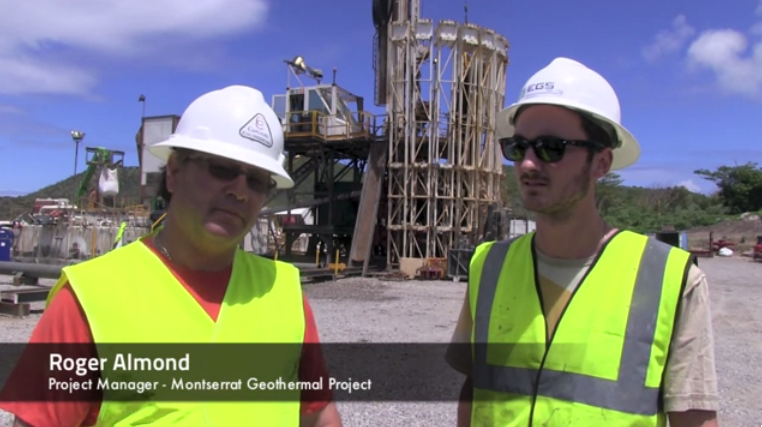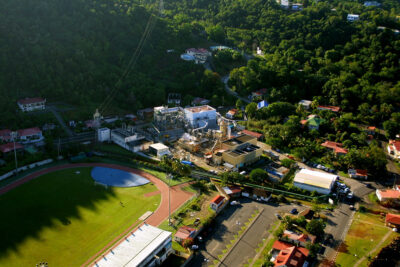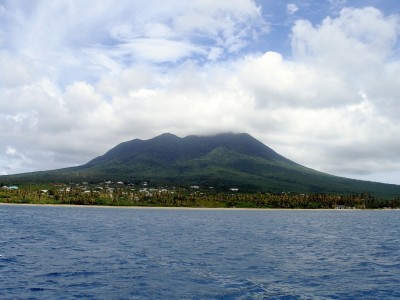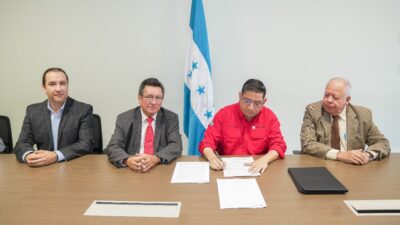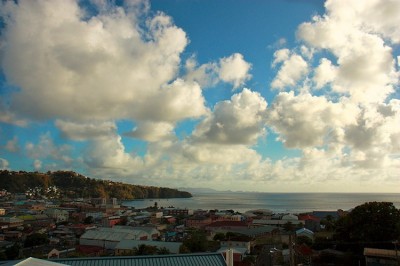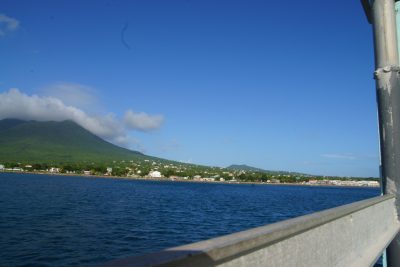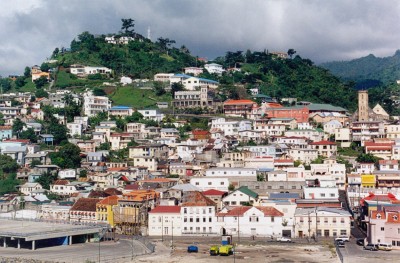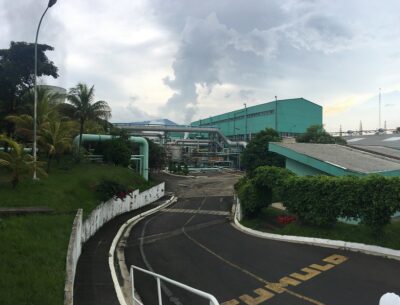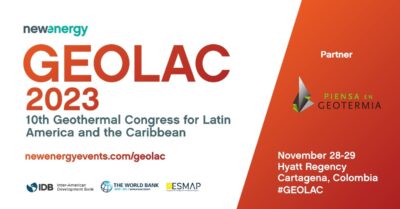High temperature and permeability reported for first well in Montserrat
Results from the first well drilled for the geothermal project on Montserrat in the Caribbean show favorable conditions with temperatures of around 250 degrees Celsius and permeability at 2,140 meters.
Local news from the Caribbean report the release of first results from the drilling operations for the geothermal project at Montserrat.
The report released by the Montserrat government provides results from the resource assessment based on the drilling of the first geothermal well in the country, MON-1, by Dr Graham Ryan of the Institute of Earth Science and Engineering, University of Auckland in New Zealand.
Drilling for the first geothermal well, MON-1, on Montserrat started in March 2013, as previously reported here.
Generally with a geothermal well you want to reach high temperature and a permeable zone with an inflow of hot water (often called feeder zone). The hot water or steam derived from the well allow then the production of power via a turbine.
The geothermal system of Montserrat was modeled based on surveys conducted in 2009 and helped predetermine areas to drill.
“MON-1 was originally designed to be drilled to a maximum depth of 2,000 meters. However, while temperatures were high there was no indication of permeable zones that would allow hot water to flow into the well. Therefore the well was deepened to a depth of 2,298 meters; a permeable zone was found at 2,142 m.
“Overall, information that has been gathered while drilling has matched well with the models’ predictions. Initial temperature testing during and after drilling of the well indicated temperatures of around 250 ?C, even higher than originally expected. Early testing also indicates an inflow of hot water or a ‘feeder zone’ at a depth of 2,142 meters – 142 meters below the planned depth for the well.
“Having successfully sourced both high temperatures and promising permeability the decision was made to stop drilling the well. Measurements of temperature and pressure were made in the well with a specialised tool and a ‘slotted liner’ was run to the bottom of the well. The well is ‘cased’ down to 1,150 meters, which means that steel tubing has been cemented in place from the surface down to that depth. The ‘slotted liner’, a steel tube with holes cut into it, is hung from the bottom of the casing to the bottom of the well. The liner prevents the walls of the well from collapsing inwards and allows the hot water to flow into and up the well.
“The well will now be capped with a valve and allowed to warm up. Temperature and pressure measurements will be made over several weeks as the well warms up. When the well is fully warmed it will be ‘flow tested’ for several days to determine how much power it can produce,” the report states.
Now that the initial drilling of MON-1 has been successfully completed, the drill rig is being dismantled and will be reassembled at the second well site, called MON-2.
The Iceland Drilling Company (IDC) is conducting the drilling operation, which is being fully funded by Britain’s Department for International Development (DfID) as part of its support of capital investment projects aimed at making Montserrat more financially independent.”
Source: Caribbean News Now
